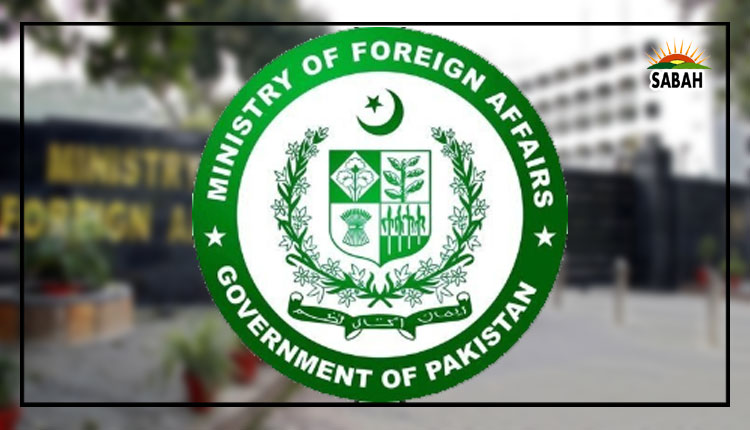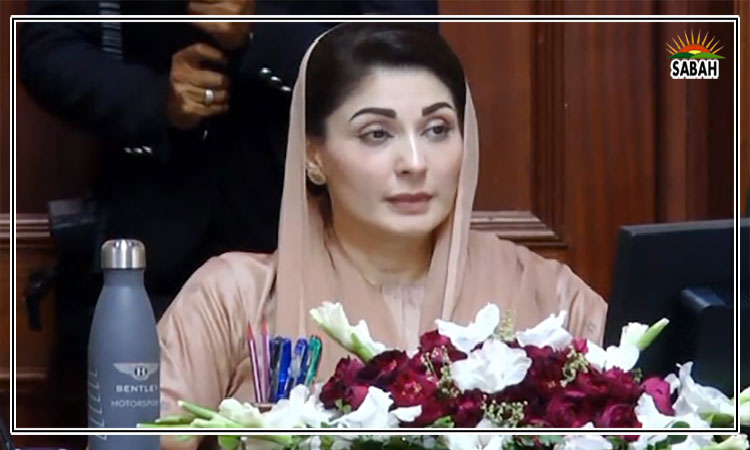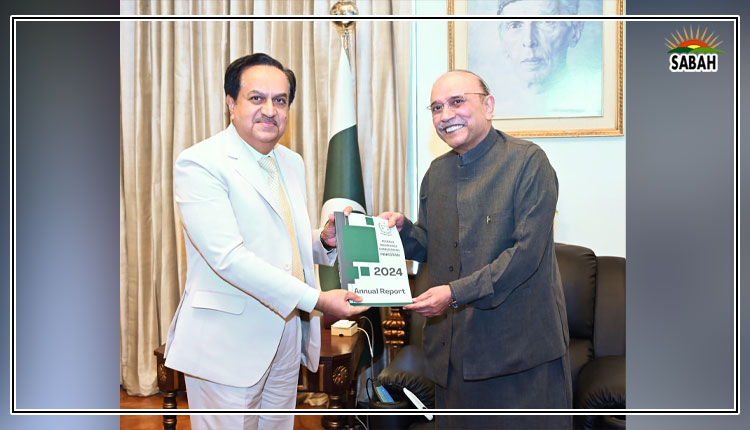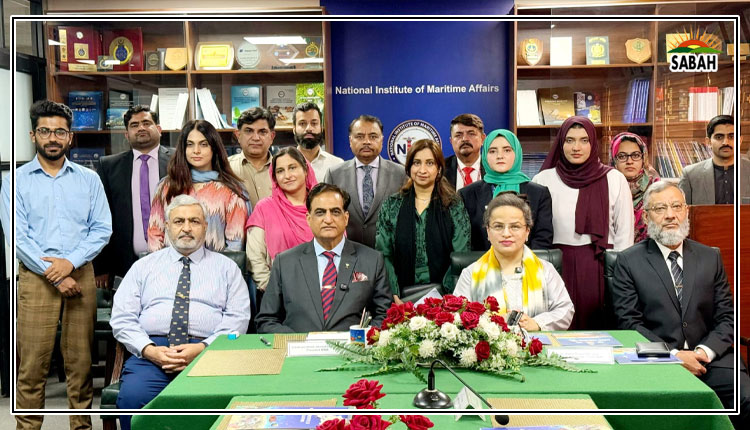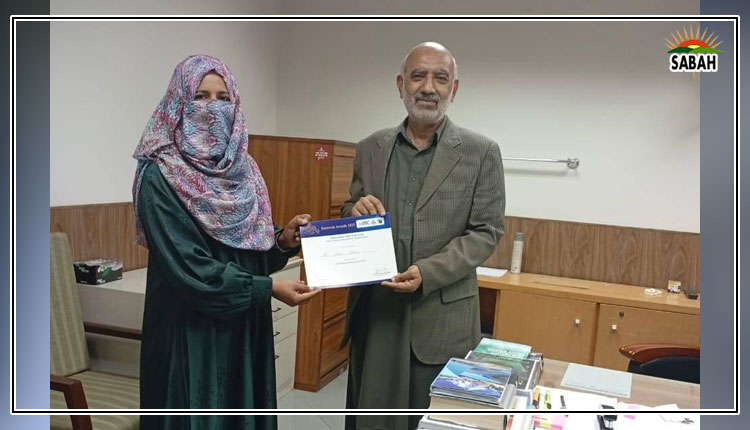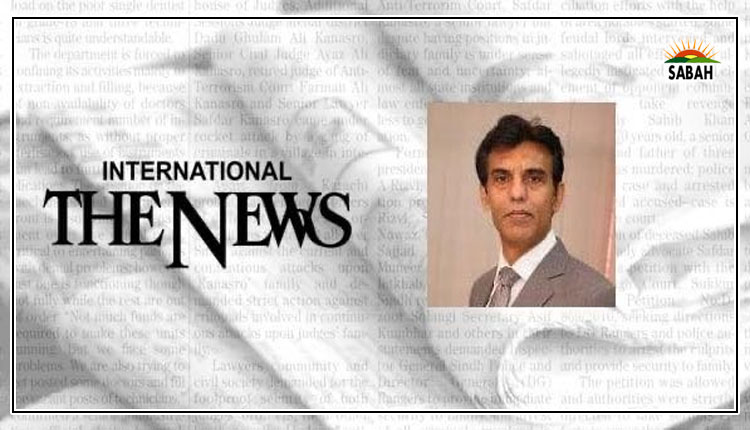Budget FY25: Test of fiscal discipline…Dr Abid Qaiyum Suleri
Walking a tightrope to balance income against expenditure without hurting the people and losing political capital has always remained a challenge for the finance minister of Pakistan who is making the federal budget for Pakistan.
In the good old days, a common practice was to overstate revenue estimates, understate proposed expenditures, and at least in the budget documents adhere to the fiscal deficit target agreed upon with the IMF. However, the numbers presented in the budget for the outgoing fiscal year were immediately challenged by multilateral lenders who termed them unrealistic and over-ambitious. Consequently, the government had to revise the finance bill numbers before getting it passed by the National Assembly.
Unlike previous years, there was no room for shortcuts in preparing the budget for 2024-25. This budget is a quasi-prior-action to initiate negotiations with the IMF for the next extended fund facility programme (next loan). Convincing the IMF, the lender of last resort, of Pakistans commitment to implementing economic reform is crucial for Pakistan. The budget serves as a litmus test for this commitment.
The good news is that the numbers presented in the budget are quite realistic. The government did not use assumed provincial surplus or unrealistic privatization proceeds to add up numbers to reduce its fiscal deficit. It presents a series of fiscal measures aimed at consolidating finances and stabilizing the economy.
The federal governments spending can be categorized into four Ds: debt servicing, defence and security expenses, day-to-day running of the civil government, and development. The first three Ds are non-negotiable and non-discretionary. The allocations are substantial: Rs9775 billion for debt servicing, Rs2122 billion for defence affairs and services, and Rs839 billion for the day-to-day operations of the civil government. Additionally, pensions amount to Rs1014 billion, making the combined total for salaries and pensions Rs2122 billion.
After transferring Rs7438 billion to the provinces under the National Finance Commission formula, the federal government is left with Rs10377 billion. This means it will rely on borrowing to meet its mandatory expenses. However, the financial obligations do not end with the above three categories. The fourth D development encompasses a public-sector development programme, net lending, grants and transfers to provinces, subsidies, and emergency provisions, amounting to Rs5127 billion.
In total, Rs18877 billion is required to meet the federal expenditure. After fulfilling debt obligations, the government will have scant funds to cover other expenses, necessitating an additional Rs8500 billion in borrowing. Development initiatives will proceed only if the government successfully secures domestic (Rs7803 billion) or foreign borrowing (Rs666 billion). Otherwise, development spending will likely face significant cuts, repeating a familiar pattern that hampers both human development and long-term growth.
Within this non-flexible framework, there is very little room to experiment with innovative ideas. Despite the daunting fiscal environment, there are some positive highlights in the budget.
The government has initiated pension reforms, which is a significant step towards long-term fiscal sustainability (pensions are higher than civil government salaries). There is also an increase in the allocation for the Benazir Income Support Programme (BISP) to Rs593 billion, aimed at supplementing the income of poor and vulnerable segments of society.
Moreover, the increase in duty on cigarette filters and strict measures to stop the sale of non-duty paid cigarettes, the introduction of a new regime of capital gains tax on securities and real estate, and a more rational car registration duty based on value rather than engine capacity are commendable moves towards a fairer tax system. Additionally, the clear commitment to privatizing state-owned enterprises (SOEs) is assuring news that the government is serious about reducing the fiscal burden and improving efficiency. Concessions on importing solar system parts and an increase in minimum wages from Rs32000 per month to Rs37000 per month are also positive proposals.
However, these positive measures are counterbalanced by several shortcomings. The budget’s failure to introduce tangible steps to bring retailers and traders into the tax net remains a significant oversight. There is no mention of taxing agricultural income, which could have broadened the tax base considerably. Additionally, the withdrawal of concessions on hybrid and electric vehicles is a misstep; luxury vehicles should be targeted through higher registration charges based on their value, rather than disincentivizing environmentally friendly options.
One is appreciative of the government resisting IMF pressure to tax pensions, increase the maximum tax rates, blanket increase in general sales tax (GST), or imposition of GST on seeds and medicines. However, while adjusting the personal income tax slabs, it could have adjusted the minimum taxable income to account for inflation. The current exemption of Rs50000 per month is too little, and doubling the tax on those falling in the first tax slab will reduce their disposable income, exacerbating their economic hardships. Furthermore, rising fuel costs due to increased petrol levies and higher GST rates in specific sectors are expected to drive inflation further, impacting the cost of living.
While the Public Sector Development Programme (PSDP) has seen an increase, more than half of the allocation is directed towards infrastructure rather than directly impacting human development sectors like health and education. This approach could hinder progress towards the sustainable development goals (SDGs) and the overall well-being of the population.
The budget’s provisions for digital infrastructure and SME support, though present, are not comprehensive enough to drive significant growth and innovation. The lack of explicit fiscal arrangements for startups and micro-enterprises, crucial for job creation and economic diversification, is an omission that will cost our readiness for the era of artificial intelligence and data analytics.
The proposed budget is a necessary step towards fiscal consolidation and economic stabilization. However, addressing its potential negative impacts and implementing targeted reforms is essential to ensuring sustainable and inclusive growth for Pakistan. The government will have to ensure that its attempts to achieve economic stability at the macro level do not compromise the microeconomic security of its citizens.
Ultimately, the efficacy of any budget hinges not merely on its ambitious goals but on the practicality and enforceability of its policies. While the proposed budget lays out many good policies to plug the black holes in Pakistans economy, its success will depend on the government’s ability to implement these measures effectively.
Addressing structural issues, ensuring robust tax collection, fostering a conducive environment for investment, and boosting productivity are critical steps. Without practical enforcement and genuine commitment to these reforms, the budget’s potential for economic course correction may remain unrealized. However, in this case, there will be no reversal for the suffering of regular citizens. The real test lies in translating policy into action, where intentions meet reality.
The budget’s true cost will be borne by the people, who will endure increased inflation as a consequence of economic stabilization measures. They have been sacrificing in the hope of a better future. If the proposed measures fail once again, the public’s trust in the system will erode, creating a trust deficit between the citizens and the government. If history is any guide, then such a trust deficit is much worse than fiscal and current account deficits.
Courtesy The News


